Saving the Best for Last: A Kirtland's Warbler Adventure
The Peregrine Vol 17, No 4, July/August 2018
Additional Article
Kirtland's Warbler
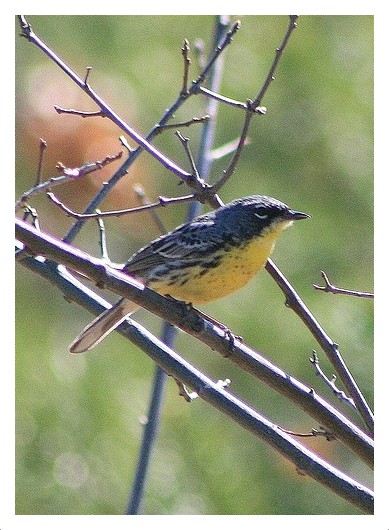
Saving the Best for Last: A Kirtland's Warbler Adventure
It was about 4:30am when we awoke to loud thunder, flashing lightning, torrential rains, and soggy tents as we camped at Maumee Bay State Park in Oregon, Ohio. Friends and colleagues Matt Webb and Jon Rice had journeyed west with me from Pittsburgh for what was now becoming an annual trip during mid-May to soak in the magnificent spring migration northwest Ohio's Lake Erie shoreline. We had planned to hit the Magee Marsh boardwalk at dawn to begin our 3-day adventure and had high hopes for a 20 plus warbler species day, as can be customary at Magee Marsh. And, of course, we were all holding out hope that the most special of eastern warblers - the Kirtland's - would make an appearance somewhere along our route, as they infrequently do while stopping over during their migration to jack pine breeding grounds in Michigan. But intercepting a Kirtland's Warbler during spring migration is a bit like winning the lottery with only 311 accepted records (Petrucha et al. 2013) - and one of the reasons none of us had ever seen one. Still, Ohio holds about one third of those records and Magee Marsh in mid-May is about one of the best places to find one, if you're there on the right day.
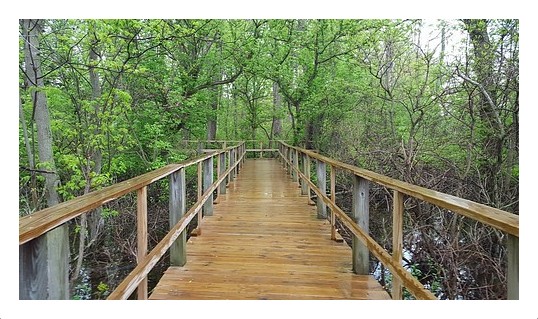
So, here we were in our drenched tents, some of us literally lying in inches of water, when we realized the storms were on a line from West to East which would continue through late morning or longer. Weighing our birding options for the morning, we considered going west to Oak Openings where we could reasonably expect savannah specialists like lark sparrow and summer tanager or we could try the Magee Marsh boardwalk, rains could mean fallout like conditions, and then I threw out the mildly crazy idea of heading 240 miles north, out of the rainstorms, and into the young jack pine forest to go find that elusive Kirtland's Warbler. It didn't take us long to conclude that we all most-wanted to see the Federally Endangered warbler with one of the smallest breeding ranges of any North American bird.
The chase was on!

After about 100 miles of driving north through the rain, we emerged into clearing skies as we neared our destination in the Huron-Manistee National Forest near East Tawas, Michigan. The area we had set as our target was a jack pine restoration area that had a good history of breeding Kirtland's Warbler and we were confident that some had recently returned from overwintering in the Bahamas and Turks and Caicos islands. We made only a couple necessary stops to scan Saginaw Bay for waterfowl and grab a few breakfast items.
About 9:30am we turned onto a sandy dirt road leading into the National Forest. The forest was exploding with Nashville Warblers and we stopped to listen to Red-breasted Nuthatch,
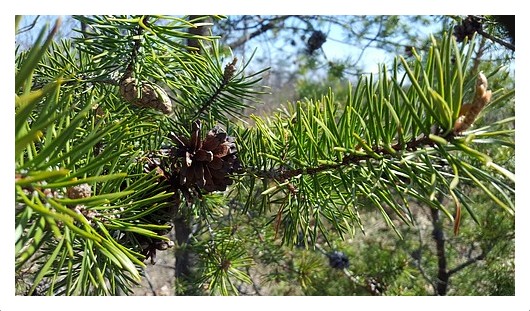
Laying eyes on Kirtland's certainly became a bit of a challenge. They sang loudly and frequently,

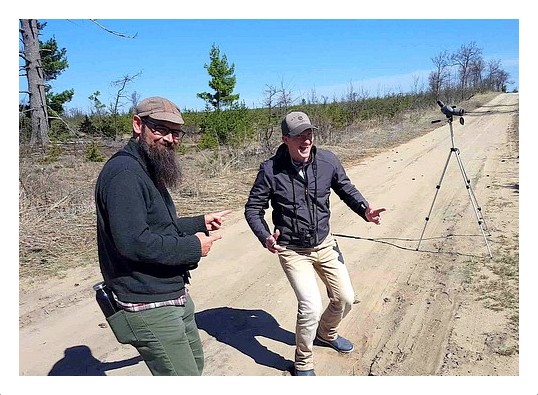
Kirtland's warbler was a life bird all around, and Matt and Jon celebrated with a lifer dance as we headed back toward the car. We added a couple other highlight birds as we watched a Vesper Sparrow feed along the road side and heard an Upland Sandpiper sound off with its characteristic "wolf-whistle" call, and we then spotted it walking through a grassy opening. We admired a few plants and spotted a Henry's elfin butterfly as we closed out our visit to the Kirtland's warbler breeding grounds. As we drove out of the jack pine we counted five singing Kirtland's warbler and wished them well for a successful breeding season.
Our decision paid off as we still had plenty of good birding at Magee Marsh and nearby locales, even as rain plagued the remainder of the trip. We did miss seeing a vagrant Black-throated Gray Warbler that caused much excitement at Magee Marsh, but all agreed that the Kirtland's chase was well worth it. Besides we still managed 158 bird species for the trip, including 26 warblers and enjoyed a number of colorful "in-your-face" warbler encounters at Magee Marsh.
Reference:
Michael E. Petrucha, Paul W. Sykes Jr., Philip W. Huber, and William W. Duncan. "Spring and fall migration of Kirtland's Warbler (Setophaga kirtlandii)." 2013. North American Birds Vol. 66, pages 383-427.
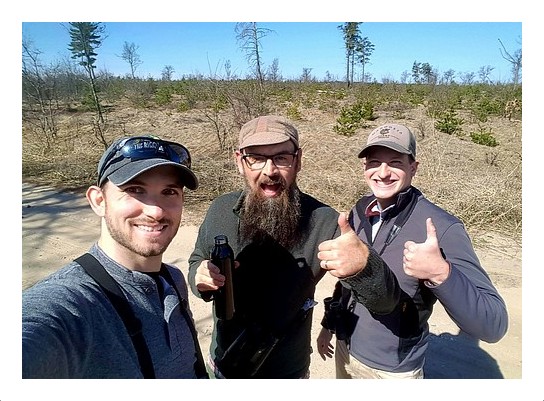
Webmaster's Note: The two links in this article - "Upland Sandpiper" and "Henry's elfin butterfly" - are pop-up photos by David Yeany II, which can be enlarged. The other photos can also be enlarged by 'right click'-ing and choosing 'View Image' from the menu.





